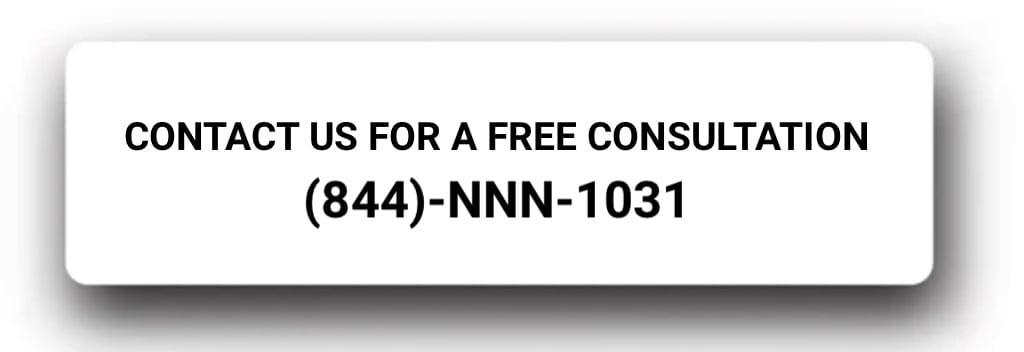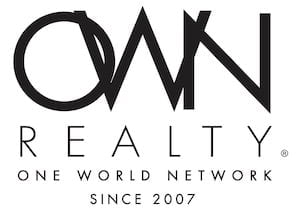1031 Exchange in Illinois
- Home
- 1031 Exchange in Illinois
Considering A Tax Deferred 1031 Exchange in Illinois? We are here to help!
Navigating Wealth Growth in Illinois through a 1031 Exchange
The intricate dance of wealth growth in Illinois finds its partner in the strategic moves of a 1031 exchange, also known as a tax-deferred exchange. This financial maneuver presents a direct and effective strategy for selling a qualified property and seamlessly transitioning into another within a specific timeframe.
While the process bears resemblance to a conventional sale, the defining characteristic of a “1031 exchange” lies in treating the entire transaction as an exchange, opening the gateway for deferred gain treatment, a pivotal advantage in wealth preservation.
The intricate dance of wealth growth in Illinois finds its partner in the strategic moves of a 1031 exchange, also known as a tax-deferred exchange. This financial maneuver presents a direct and effective strategy for selling a qualified property and seamlessly transitioning into another within a specific timeframe.
While the process bears resemblance to a conventional sale, the defining characteristic of a “1031 exchange” lies in treating the entire transaction as an exchange, opening the gateway for deferred gain treatment, a pivotal advantage in wealth preservation.
Delving into the mechanics of this tax-deferred transaction, it’s essential to recognize that ordinary property sales subject the gains to taxation by the IRS. In stark contrast, 1031 exchanges operate under the protective umbrella of US CODE: Title 26, §1031, which addresses the exchange of property held for productive use or investment.
To navigate this financial terrain successfully, understanding the nuances of Section 1031 of the Internal Revenue Code is crucial. Interpretations, standards, regulations, and compliance guidelines are encapsulated in the Like-Kind Exchange Regulations by the US Department of the Treasury, providing a comprehensive guide for executing a qualifying transaction.

Delving into the mechanics of this tax-deferred transaction, it’s essential to recognize that ordinary property sales subject the gains to taxation by the IRS. In stark contrast, 1031 exchanges operate under the protective umbrella of US CODE: Title 26, §1031, which addresses the exchange of property held for productive use or investment.
To navigate this financial terrain successfully, understanding the nuances of Section 1031 of the Internal Revenue Code is crucial. Interpretations, standards, regulations, and compliance guidelines are encapsulated in the Like-Kind Exchange Regulations by the US Department of the Treasury, providing a comprehensive guide for executing a qualifying transaction.
For real estate owners and investors eyeing wealth growth in Illinois, the 1031 exchange unfurls as an IRS-recognized strategy to postpone capital gains taxes, requiring a keen grasp of intricacies and underlying purposes. The specific tax code essential for a successful exchange remains embedded in Section 1031 of the Internal Revenue Code.
To further unravel the IRS’s stance and meet widely accepted standards, the Like-Kind Exchange Regulations become an indispensable resource. Considering a 1031 exchange in Illinois becomes paramount when charting the course for a replacement “like-kind” property post the sale of an existing investment.
Neglecting this strategic move risks subjecting oneself to capital gains tax, currently standing at 15% but potentially escalating to 20% in the future. The calculation extends beyond federal rates, demanding a thoughtful consideration of state tax implications.
The catalyst for pursuing a 1031 exchange is grounded in the IRS’s practice of depreciating capital real estate investments by 3% annually, compelling investors to pay taxes on the depreciated portion as income tax upon sale. The ripple effect of this can be substantial, with the combined state and federal taxes reaching up to 35% at the marginal rate.
Why Consider a 1031 Exchange in Illinois?
For real estate owners and investors eyeing wealth growth in Illinois, the 1031 exchange unfurls as an IRS-recognized strategy to postpone capital gains taxes, requiring a keen grasp of intricacies and underlying purposes.
The specific tax code essential for a successful exchange remains embedded in Section 1031 of the Internal Revenue Code. To further unravel the IRS‘s stance and meet widely accepted standards, the Like-Kind Exchange Regulations become an indispensable resource.
In the intricate dance of wealth growth, a 1031 exchange in Illinois emerges not just as a tax strategy but as a choreographed sequence of financial moves. It offers investors the opportunity to not only preserve wealth but strategically recalibrate their portfolios, embracing the full spectrum of opportunities that Illinois presents for those seeking to grow and safeguard their financial tapestry.
This strategic maneuver extends beyond tax deferral, acting as a gateway to reinvesting in diverse real estate assets, potentially fostering greater returns and long-term financial stability. As Illinois continues to stand as a hub for real estate opportunities, the 1031 exchange becomes a key instrument for investors to leverage the state’s dynamic market.
The state’s diverse landscapes, from bustling urban centers to serene rural expanses, provide a rich canvas for investors to navigate and redefine their real estate portfolios.

The Significance of a 1031 Exchange:
Considering a 1031 exchange in Illinois becomes paramount when charting the course for a replacement “like-kind” property post the sale of an existing investment. Neglecting this strategic move risks subjecting oneself to capital gains tax, currently standing at 15% but potentially escalating to 20% in the future. The calculation extends beyond federal rates, demanding a thoughtful consideration of state tax implications.
The catalyst for pursuing a 1031 exchange is grounded in the IRS’s practice of depreciating capital real estate investments by 3% annually, compelling investors to pay taxes on the depreciated portion as income tax upon sale. The ripple effect of this can be substantial, with the combined state and federal taxes reaching up to 35% at the marginal rate.
Furthermore, the 1031 exchange aligns with the ethos of wealth preservation and strategic growth, allowing investors to maneuver through market fluctuations while maintaining a firm grip on their financial objectives. As the landscape of Illinois evolves, so do the possibilities for real estate investment, and the 1031 exchange stands as a compass, guiding investors toward strategic decisions that align with their wealth growth aspirations.
In essence, the 1031 exchange in Illinois is not just a tax strategy; it is a dynamic tool for investors to shape their financial destinies. The tapestry of wealth growth intricately woven in Illinois can be navigated with finesse through this strategic financial move, allowing investors to not only preserve their wealth but also strategically expand and diversify their holdings in this vibrant state.
In the intricate dance of wealth growth, a 1031 exchange in Illinois emerges not just as a tax strategy but as a choreographed sequence of financial moves. It offers investors the opportunity to not only preserve wealth but strategically recalibrate their portfolios, embracing the full spectrum of opportunities that Illinois presents for those seeking to grow and safeguard their financial tapestry.
Discover Your Path to Wealth Preservation
Power of 1031 Exchanges
Are you ready to embark on a financial journey that could reshape your real estate investments? Look no further! At Sapphire Investment Solutions, we specialize in turning the complex world of 1031 exchanges into a streamlined, wealth-building opportunity.


 Call us today:
Call us today: